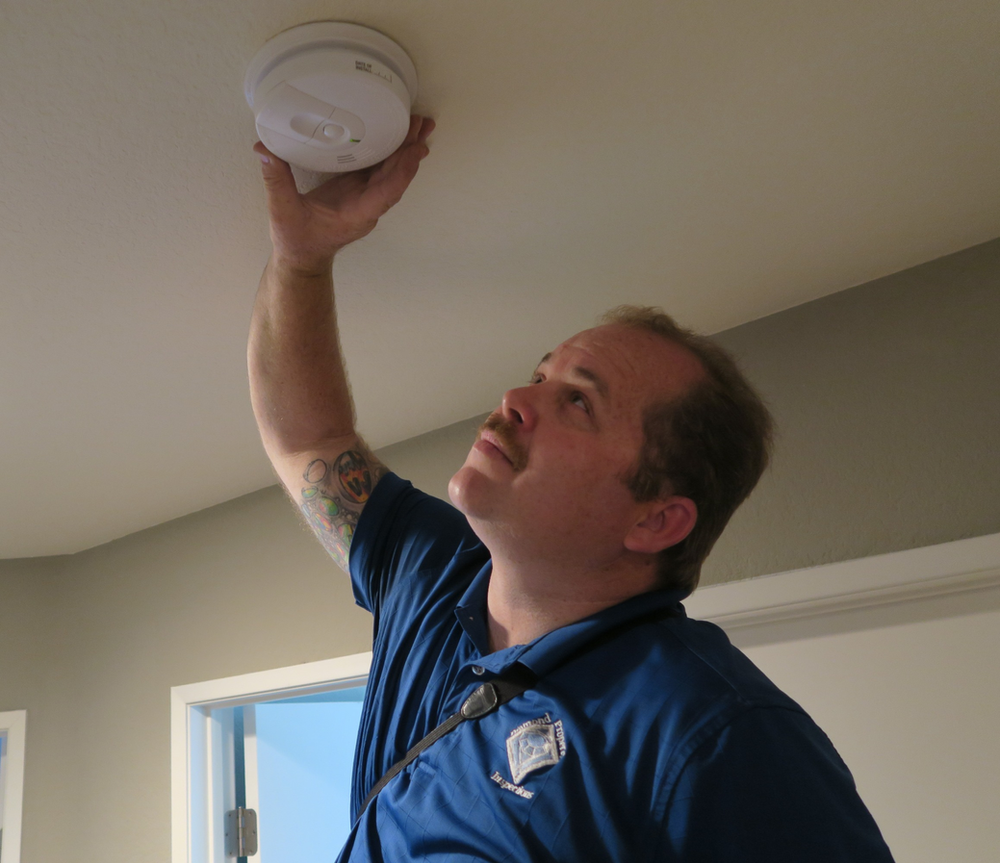In California, we are currently experiencing the worst fire season in our history. Firefighters continue to battle more than two dozen major fires across California in efforts to control the flames. Not only are we currently in a worldwide pandemic and affects the outdoor activities that can be done. Now due to the fires we also are currently having to be mindful of the poor air quality caused by the fires across California. Unfortunately, this acts as a reminder of how you can do your part to prevent fires and protect your home in case of a fire.
There are multiple ways that as a Homeowner you can take action to protect your home and be prepared in case of a house fire. Even during the fire season where Wildfires are expected, there are some additional steps you can take to protect your property. There are several organizations that help the population to know the basics of a fire as well as how to prevent and prepare for them. You can visit and learn more about the many resources available from CAL Fire or the US Fire Administration which can give you the tools needed to be more educated on House Fires & Wildfires.
When purchasing a new home, part of the process is to have a Home Inspection. During your Home Inspection, I help identify the condition of several areas of your home. Part of the Inspection is to point out potential safety issues in the home that need to be improved. One of the things that the US Fire Administration recommends is to have a Fire Safety check-list for Homeowners and Renters. It is a valuable tool to help you and your family or occupants know what to do in case of a fire. Let’s review part of this checklist:
Smoke & Carbon Monoxide Alarms
Smoke alarms need to be on every level of the home, as well as be inside and outside of the sleeping areas.
Smoke alarms need to be tested each month. Although batteries need to be replaced as needed, a good rule of thumb would be to change them once a year around Daylight Savings Time when we change our clocks when we add an hour to our clocks.
Replace your smoke alarms if they are over 10 years old.
Carbon Monoxide Alarms need to be located on each level of the home. They as well need to replaced if they are older than 7 years old.
Escape Plan
Do you have a Fire Escape Plan for your and your family? Have you identified several areas of the home to escape from every room? This part of your checklist is a must, during a home fire according to the US Fire Administration you may have less than 3 minutes to get out of your home.
Identify 2 ways out of every room in the home.
Talk about a safe meeting place outside of the home.
If you must, have a quick and well-placed box that has valuables that can be easily accessible during your escape.
Practice and plan this at least 2 times a year.
Kitchen Safety
The cooking area has no items that can burn.
When frying, grilling, boiling, or broiling, you must stay in the Kitchen.
Pot handles are always turned toward the back of the stove.
Have a Fire Extinguisher close by which you may grab in case of a fire.
Outside of your home
Move the grill away from siding, decking, among other things that can catch on fire.
Keep pets & children at least three feet away from the grill when it’s hot.
Stay with the girl when cooking, at all times.
Create a defensible space to improve your home’s chance of surviving a wildfire. Remove vegetation and items that could catch fire around and near your home. Create a separation between trees, shrubs. You can learn more about defensible space here from ReadyForWildFire.org
Take the necessary time to be prepared in case of an emergency. As the fire season continues to increase every year in size and length of time, it is important to be mindful and aware so you can protect yourself, your family, and your home. Give me a call today to schedule your Home Inspection and help identify key areas of your home that may be a safety concern.




